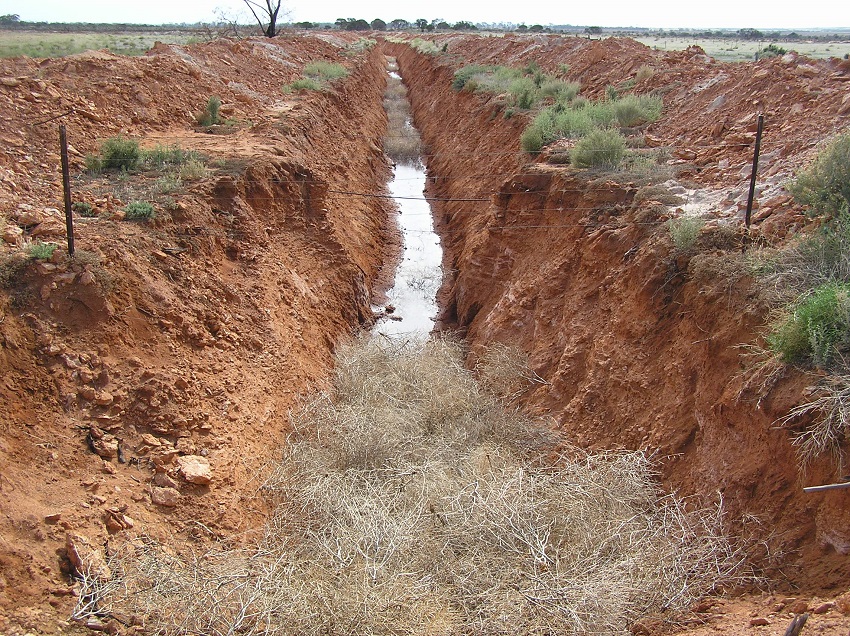
Landholders intending to drain or pump groundwater on their property to manage salinity are reminded to lodge a Notice of Intent to Drain or Pump Water with the Soil and Land Conservation Commissioner before proceeding.
There has been renewed interest from across the Wheatbelt in drainage earthworks, after above average rainfall in 2021 caused widespread waterlogging and elevated the risk of salinity.
A Notice of Intent is required at least 90 days before draining or pumping commences to comply with Soil and Land Conservation Regulations (1992).
Commissioner Cec McConnell said a Department of Primary Industries and Regional Development (DPIRD) officer would meet landholders onsite to discuss their proposal, options and to assess any potential land degradation.
“Each drainage proposal is unique and there is no one design fits all solution to land and water management issues,” she said.
“It is important landholders consider both surface and groundwater requirements and get good technical advice from accredited contractors or professionals to prepare a detailed drainage works plan as part of the notification process under the Soil and Land Conservation Act.
“Importantly the notification process seeks comment on the proposal from neighbouring landholders and public authorities, even if the works are within the same property.”
An online Notice of Intent to Drain or Pump Water form is available on the department’s website.
Failure to notify the Commissioner and commencing works prior to receiving a letter of no objection may result in a fine, while severe breaches could lead to a Soil Conservation Notice.
In 2021, large areas of inundation and waterlogging occurred for the first time in many years across the southern cropping area and saturated the upper soil profile.
Department senior principal research scientist Richard George said deep drainage may not be the only step required to manage water logging and salinity.
“Work over the past 25 years has demonstrated the combined impact of waterlogging and salinity on yield is greater than either one alone,” Dr George said.
“It is important to take action to prevent fresh water from accumulating in susceptible areas and laying there for more than three days to support crop survival.
“Water management structures that remove surface and subsurface water, such as shallow relief drains or raised beds, will limit the amount of excess water entering and/or residing in the soil profile and aid the effectiveness of groundwater drains.
“These surface water and drainage structures have different tasks that need to complement each other.
More information on open groundwater drains in WA can be found on DPIRD’s Season 2021-22 webpages.
Picture caption: Landholders intending to drain or pump groundwater are reminded to lodge a Notice of Intent to Drain or Pump Water before proceeding.
Media contacts:
Cec McConnell, Soil and Land Conservation Commissioner
Dr Richard George, senior principal research scientist +61 (0)8 9780 6296
Megan Broad/Katrina Bowers, media liaison +61 (0)8 9368 3937


